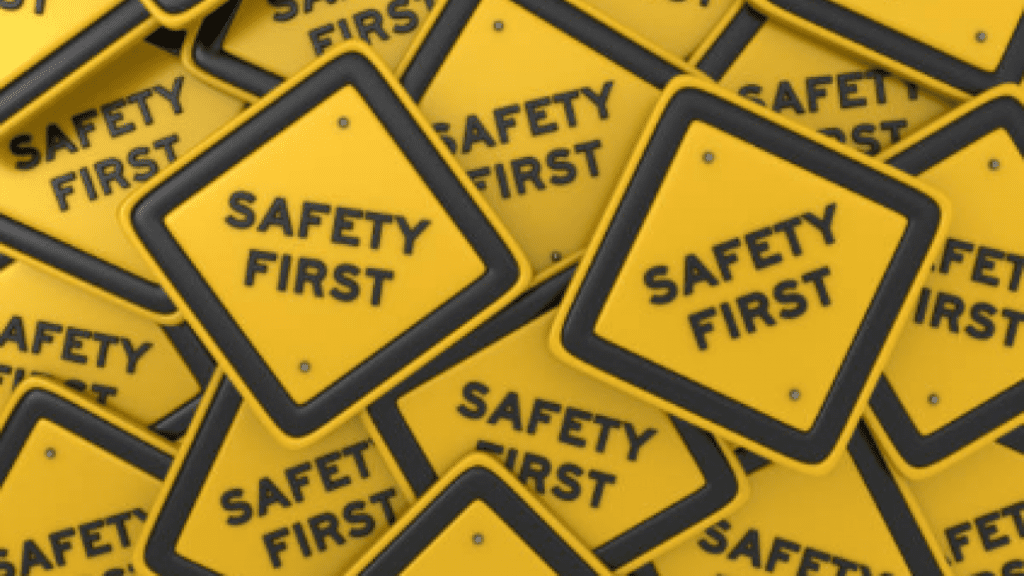
Another type of injury that most of us are familiar with is described by OSHA as movement injuries or ergonomic injuries: lifting heavy items, bending, reaching overhead, pushing and pulling heavy loads, working in awkward body postures and performing the same or similar tasks repetitively.
OSHA refers to ergonomic injuries as MSDs, which means musculoskeletal disorders. According to the Bureau of Labor Statistics in 2013, MSD cases accounted for 33% of all worker injury and illness cases. OSHA guidelines include the following common-sense recommendations:
Provide Management Support –
Involve Workers –
Provide Training –
Identify Problems –
Encourage Early Reporting of MSD Symptoms –
Implement Solutions to Control Hazards –
Evaluate Progress –
AMS is doing all of these things, with training, listening to employees and encouraging early reporting. Our safety team is very watchful in noticing any hazards and we evaluate how we’re doing and create solutions. Communication between managers and associates is vital. Clearly, prevention of MSD injuries is a daily task.
Matthew Warholy, AMS’ Security & Safety Supervisor, had this to say about AMS’ training, and how the team handles the daily task of prevention:
“AMS Fulfillment prides itself on safety training when it comes to ergonomic issues. We instruct employees to complete tasks such as lifting with their legs and not their backs, don’t overreach, don’t lift heavy objects by yourself and ask for help if a task is beyond your capacity. Often, we find that many physical injuries happen in a rush or due to lack of attention.
“When it comes to ergonomic injuries, some don’t show up right away. For example, an injury can happen over time and the employee doesn’t notice until that evening or the next day. Sometimes, it takes weeks or months to notice. We look at how an employee works and try to give them different tasks to break up the repetitive movement. One employee who is very tall, was scanning packages at a ship station and noticed that his back hurt every night, but didn’t equate his injury to the fact that he was bent over all day. Ken Wiseman noticed it and had the maintenance crew build a simple wooden platform for him to work on so he could stand up straight. A simple solution can make a world of difference and prevent lost time injuries.”
AMS has a great safety record and we created that great record through continuous training and routine safety practices. Thank you to Ken Wiseman, Chief Workforce Development Officer, and thank you to Matt and the entire team!
Click here to access the LA County recommendations for business





